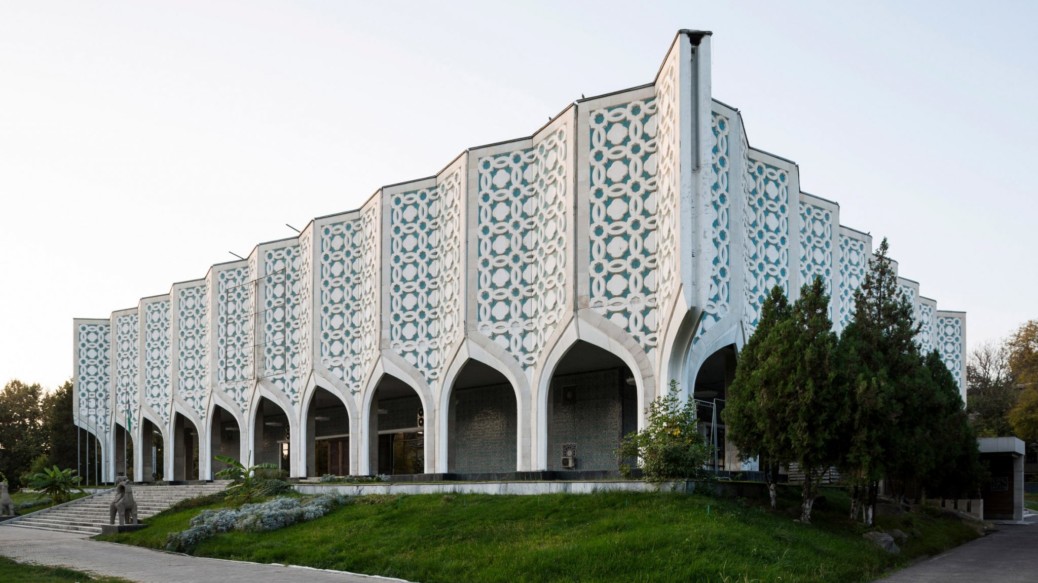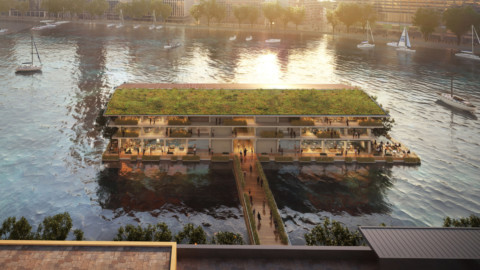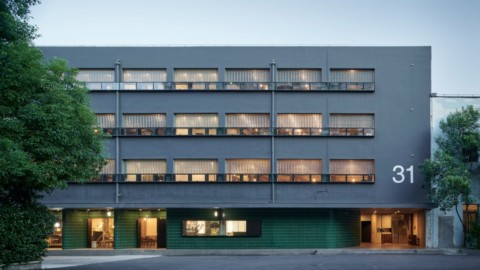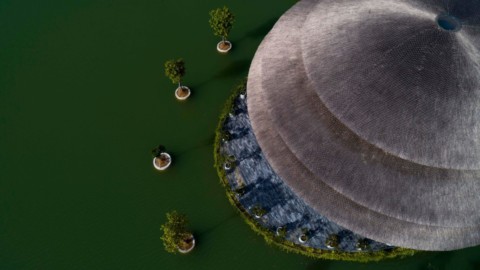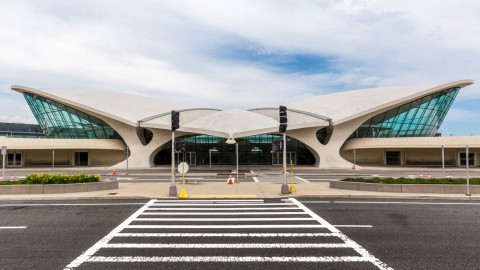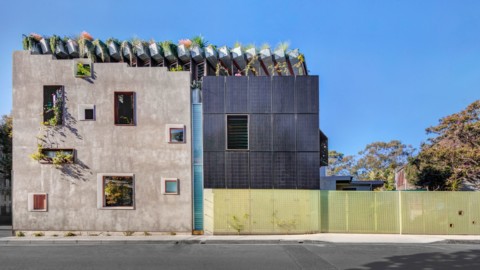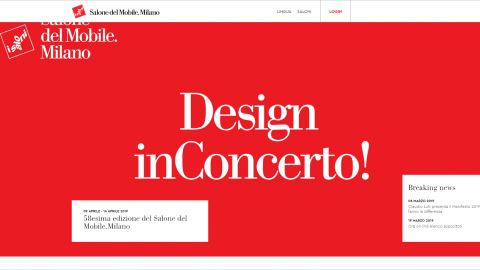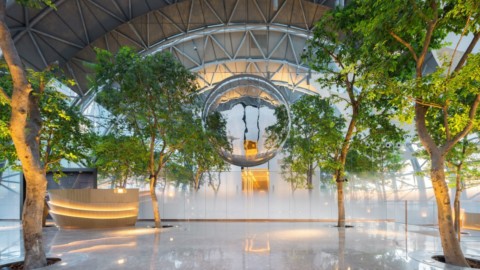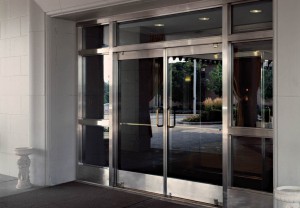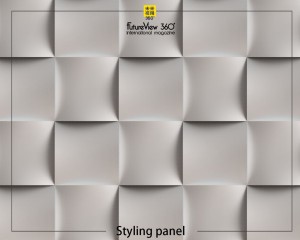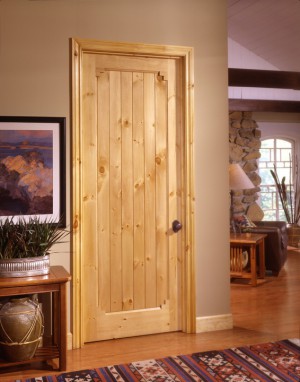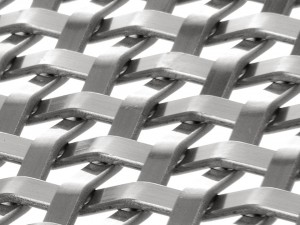Mosaics and murals feature in this photography series of Soviet-era architecture from central Asia by photographers Roberto Conte and Stefano Perego.
The duo’s Soviet Asia series documents architecture constructed between the 1950s and 1991 in the former Soviet republics of Kazakhstan, Kyrgyzstan, Uzbekistan and Tajikistan.
羅伯托·孔戴(Roberto Conte)和史蒂芬諾·佩雷戈(Stefano Perego)攝影師在這個來自中亞的蘇維埃時代建築攝影系列中,馬賽克和壁畫成為特色。
這兩人的蘇聯亞洲叢書記錄了1950到1991年之間在哈薩克斯坦,吉爾吉斯斯坦,烏茲別克斯坦和塔吉克斯坦的前蘇聯共和國建造的建築。
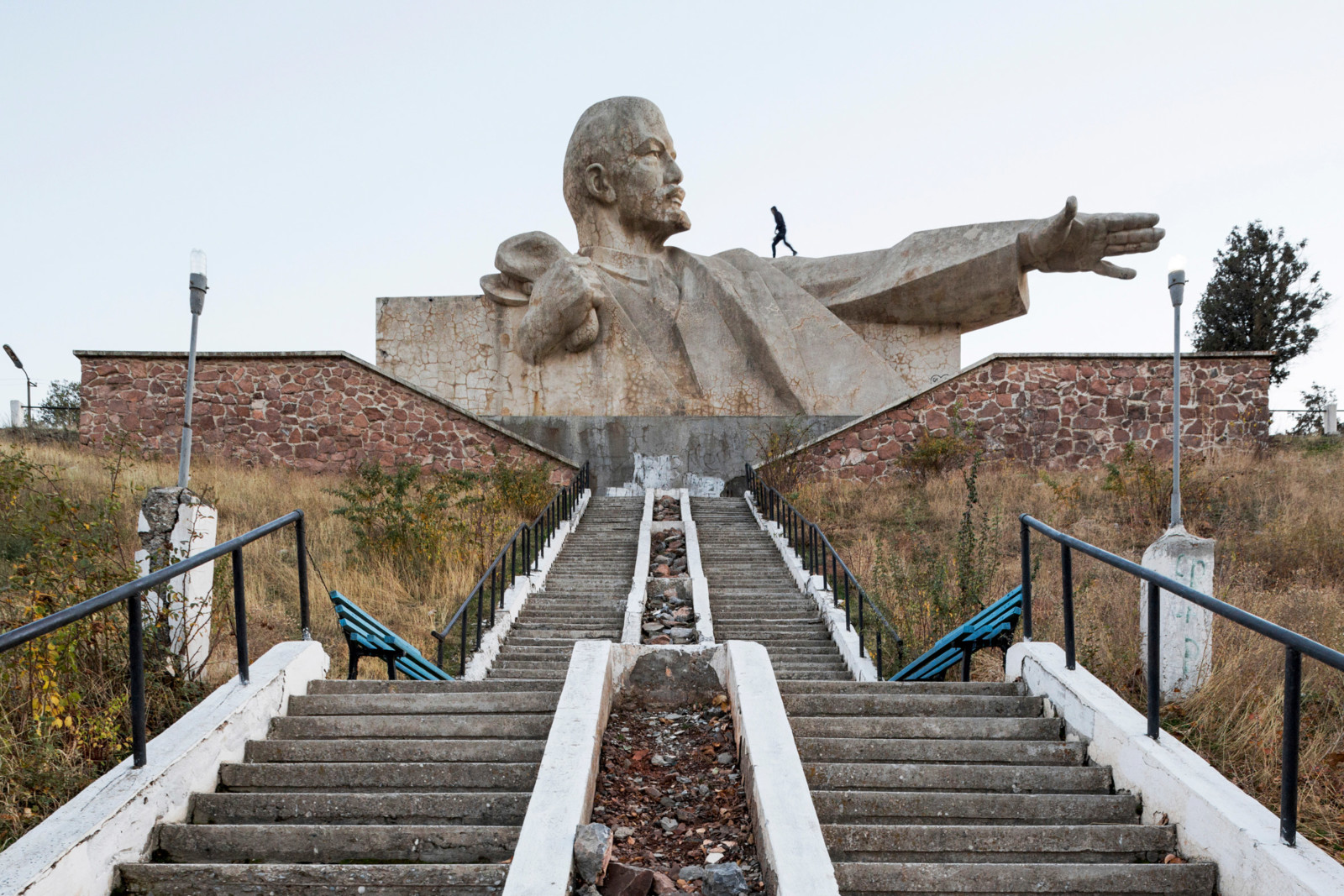
The Soviet Union, or USSR, was a Russian socialist state that governed various parts of Europe and Asia from 1922 until its fall in 1991.
Italian photographers Roberto Conte and Stefano Perego travelled to former Soviet regions in order to capture various monuments, residential buildings and other landmarks. The result is a set of photographs that show brutalist Soviet architecture with elements such as colourful mosaics and frescoes.
“In order to represent this complexity in the best way possible, we collected a big variety of architectural typologies,” Conte and Perego told.
蘇聯(蘇聯)是俄羅斯的社會主義國家,從1922年到1991年淪陷,一直統治著歐洲和亞洲的各個地區。
意大利攝影師Roberto Conte和Stefano Perego前往前蘇聯地區,以拍攝各種古蹟,住宅建築和其他地標。 結果是一組照片,展示了殘酷的蘇聯建築,其中包含豐富多彩的馬賽克和壁畫等元素。
Conte和Perego表示:“為了盡可能最好地表示這種複雜性,我們收集了各種各樣的體系結構類型。”
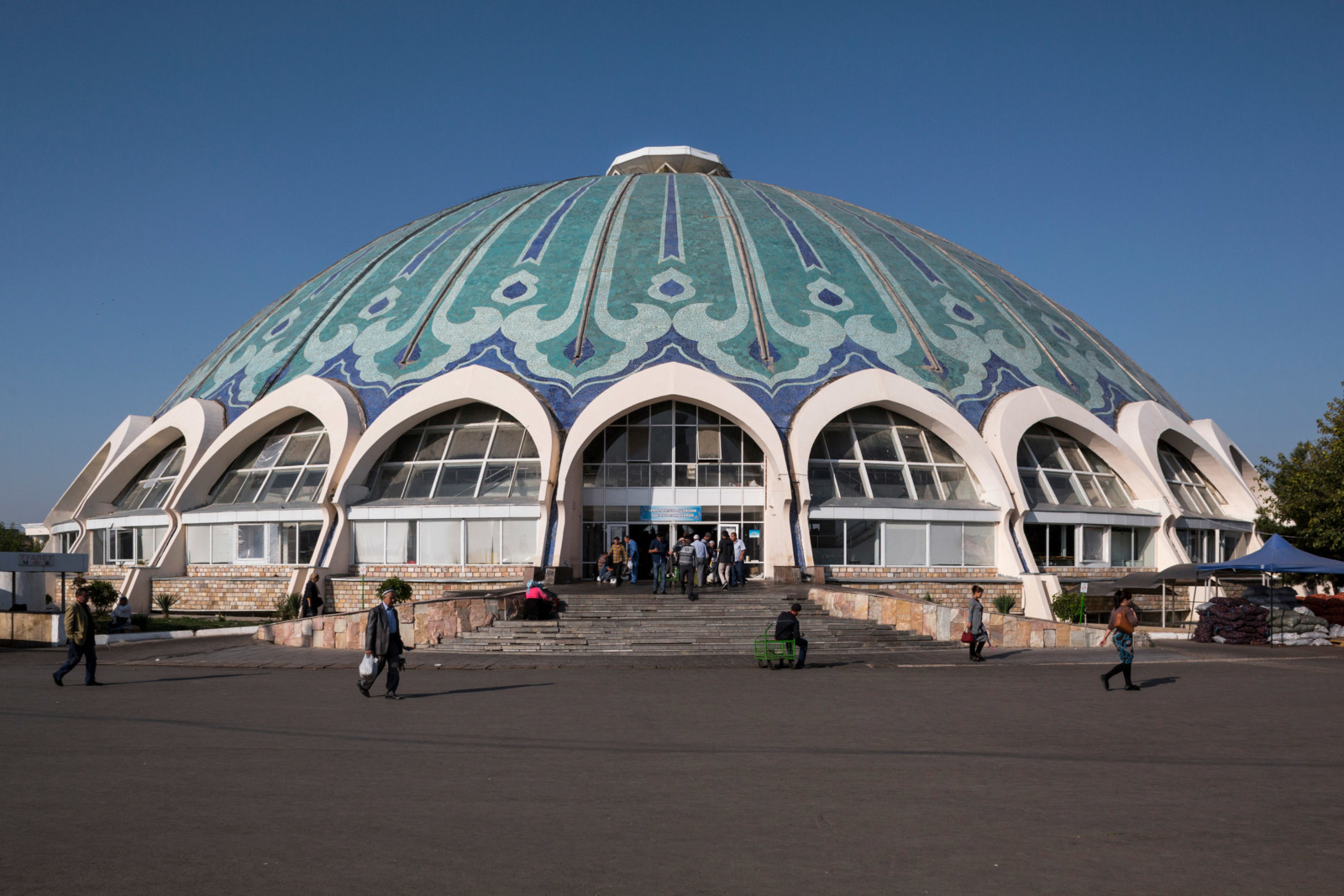
The photographers explained how the Soviet modernist buildings they studied present an intriguing clash of cultures.
“The architecture merges the need of the State to provide buildings consistent with the idea of a new kind of modern and socialist urban life, with local culture and traditions that were quite distant from a Moscow point of view,” Conte and Perego told.
“This surprising mixture of influences produced very different, creative results,” they said.
攝影師解釋了他們研究的蘇聯現代主義建築如何呈現出一種有趣的文化衝突。
孔戴和佩雷戈說:“建築融合了國家的需求,提供與現代和社會主義新型城市生活理念相一致的建築,以及與莫斯科觀點相去甚遠的地方文化和傳統。”
他們說:“這種令人驚訝的影響混合產生了截然不同的創造性結果。”
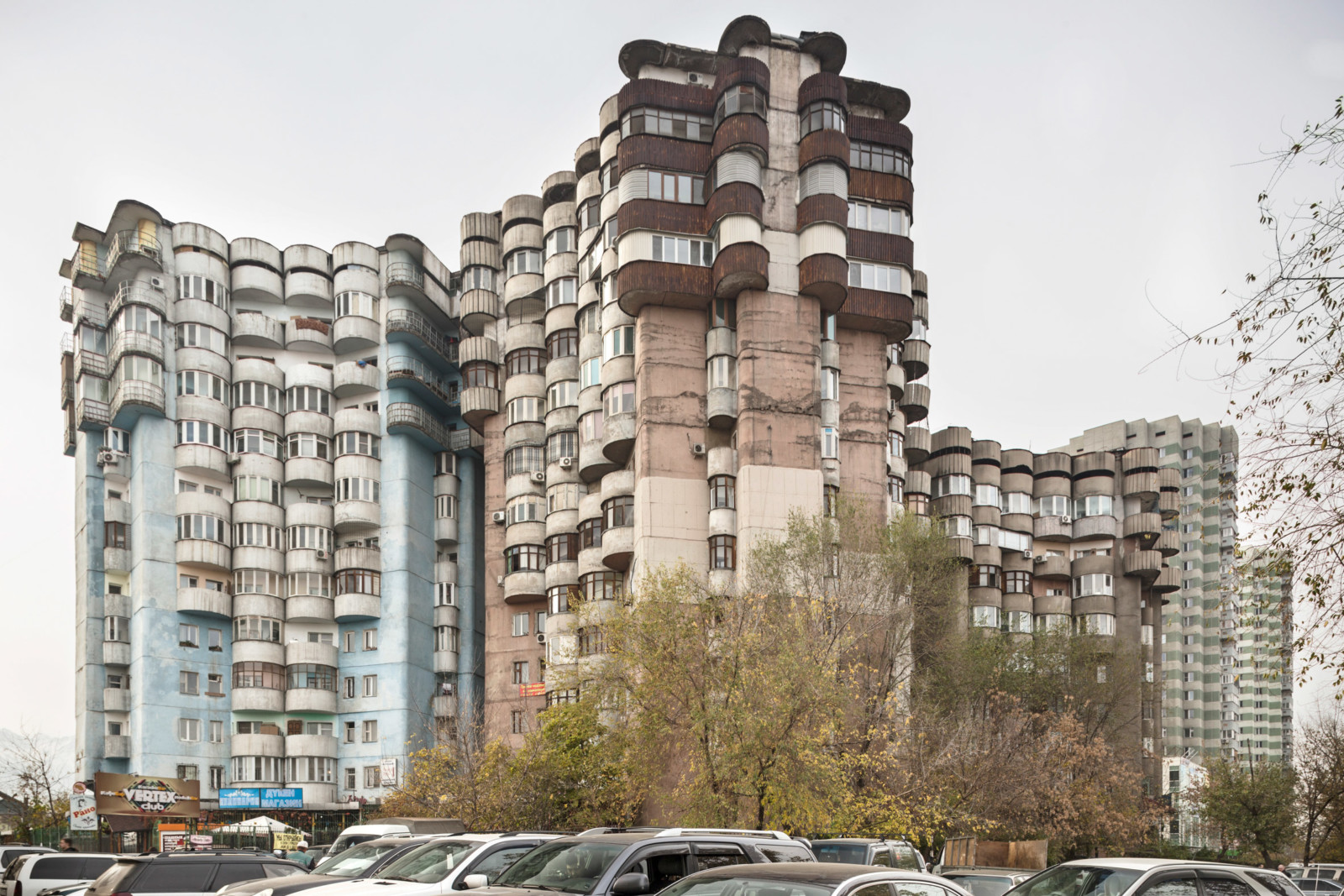
One image is of Chorsu Bazaar in the old town of Tashkent in Uzbekistan.
With its domed roof tiled in an ornate mosaic of curved forms, the 1980 bazaar’s motifs take cues from Persian design. Yet the concrete slabs which form its structure are typical of Eastern Bloc architecture.
一個圖像是在烏茲別克斯坦塔什幹老城的喬蘇集市。
1980年義賣市場的穹頂屋頂上舖有華麗的弧形馬賽克,其靈感來自波斯設計。 然而,形成其結構的混凝土板是東歐集團建築的典型特徵。
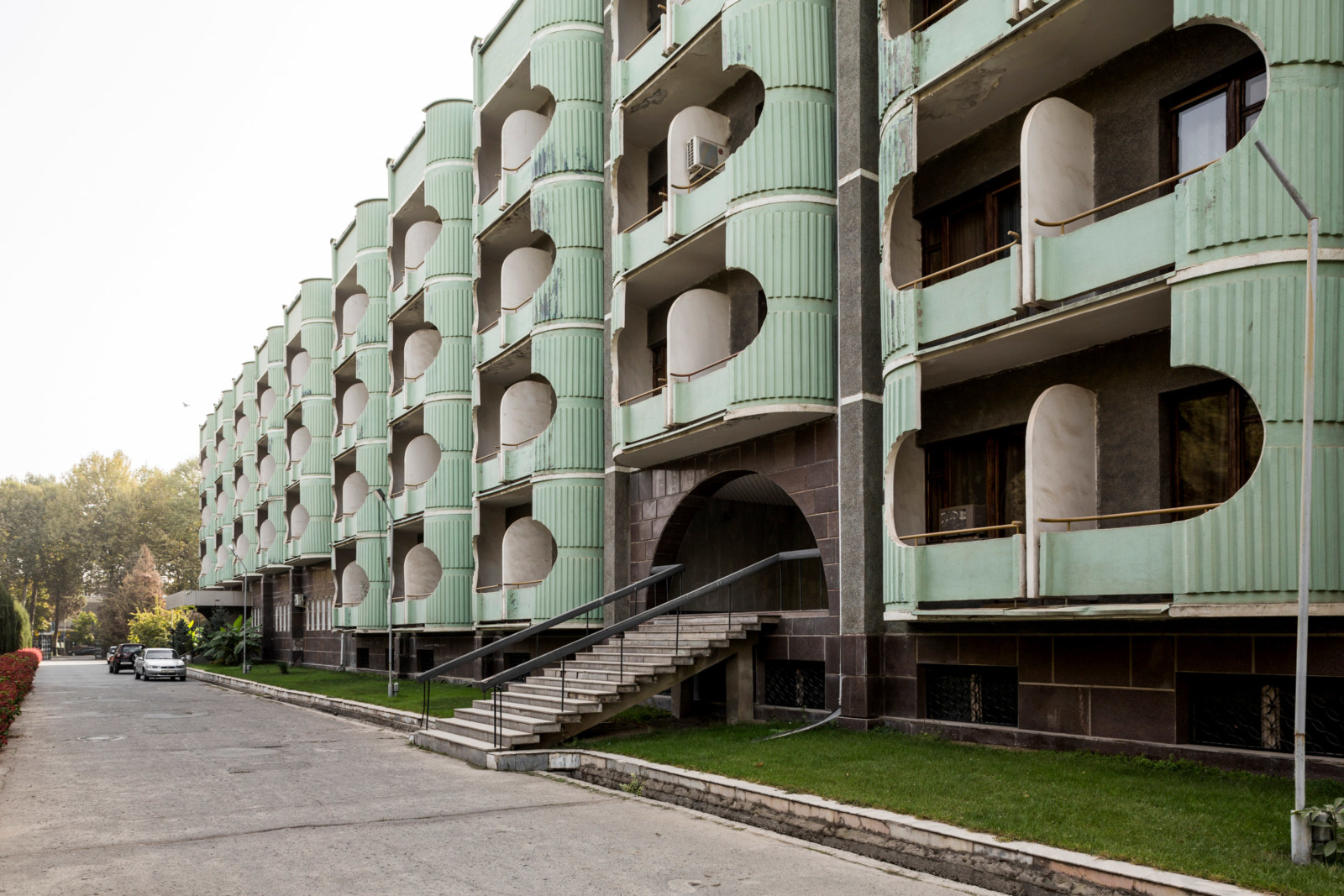
Aul, a 1986 housing complex in Almaty, Kazakhstan’s largest city, wrestles with bulbous colourful shapes and brutalist influences, while the bright green Hostel Avesto in Dushanbe, Tajikistan was built in a similar style in 1984.
Formerly known as the Palace of Culture AHBK, the State Academic Russian Theatre is a public theatre for children and young people embellished with colourful abstract details, also built in Almaty.
奧勒(Aul)是哈薩克斯坦最大城市阿拉木圖(Almaty)的1986年住宅綜合體,在球莖上炫耀著五顏六色的形狀並受到野獸派的影響,而塔吉克斯坦杜尚別(Dushanbe)鮮綠色的Hostel Avesto則在1984年以類似的風格建造。
國家學術俄羅斯劇院以前被稱為文化宮AHBK,是一個公共劇院,專門為兒童和年輕人設計,裝飾有五顏六色的抽象細節,也建於阿拉木圖。

“Soviet modernist buildings in Central Asia are so incredibly rich, often with unusual and experimental building plans and unique patterns,” said Conte and Perego.
A 1976 circus photographed in Bishkek, Kyrgyzstan’s capital city, is a particularly striking example of a combination of Soviet concrete and Eastern colour.
孔戴和佩雷戈說:“中亞的蘇聯現代主義建築是如此豐富,常常具有不同尋常的實驗性建築計劃和獨特的樣式。”
1976年在吉爾吉斯斯坦首都比什凱克(Bishkek)拍攝的馬戲團,是蘇聯混凝土與東方色彩相結合的一個特別醒目的例子。
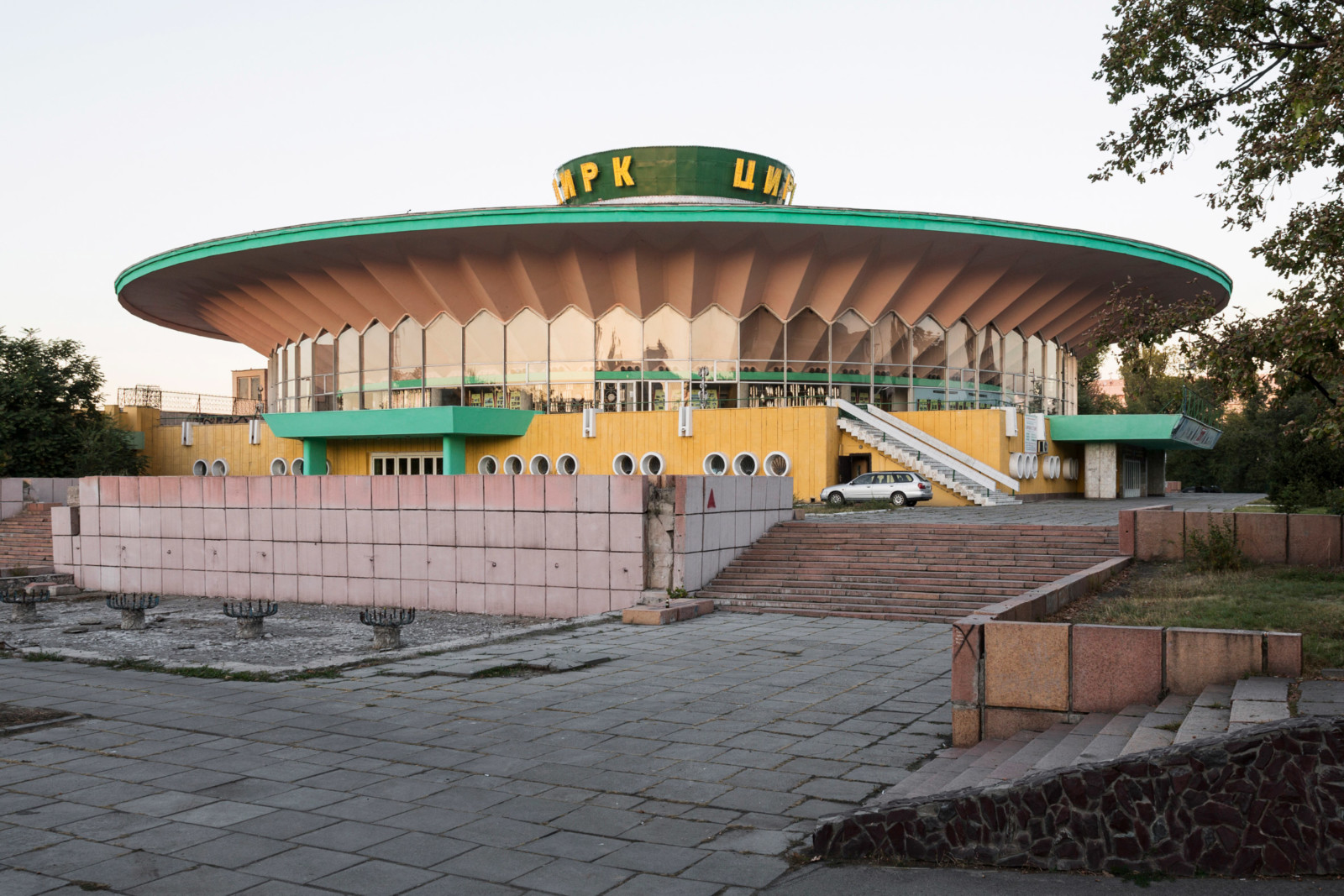
Bright green, yellow and salmon-pink form the strong shapes of the circus’s facade.
“It definitely shatters the misconception belonging to those who think that Soviet buildings were invariably ‘grey boxes’,” said the photographers.
明亮的綠色,黃色和鮭魚粉紅色形成馬戲團立面的強烈形狀。
攝影師說:“對於那些認為蘇聯建築總是“灰盒子”的人來說,這無疑消除了人們的誤解。”
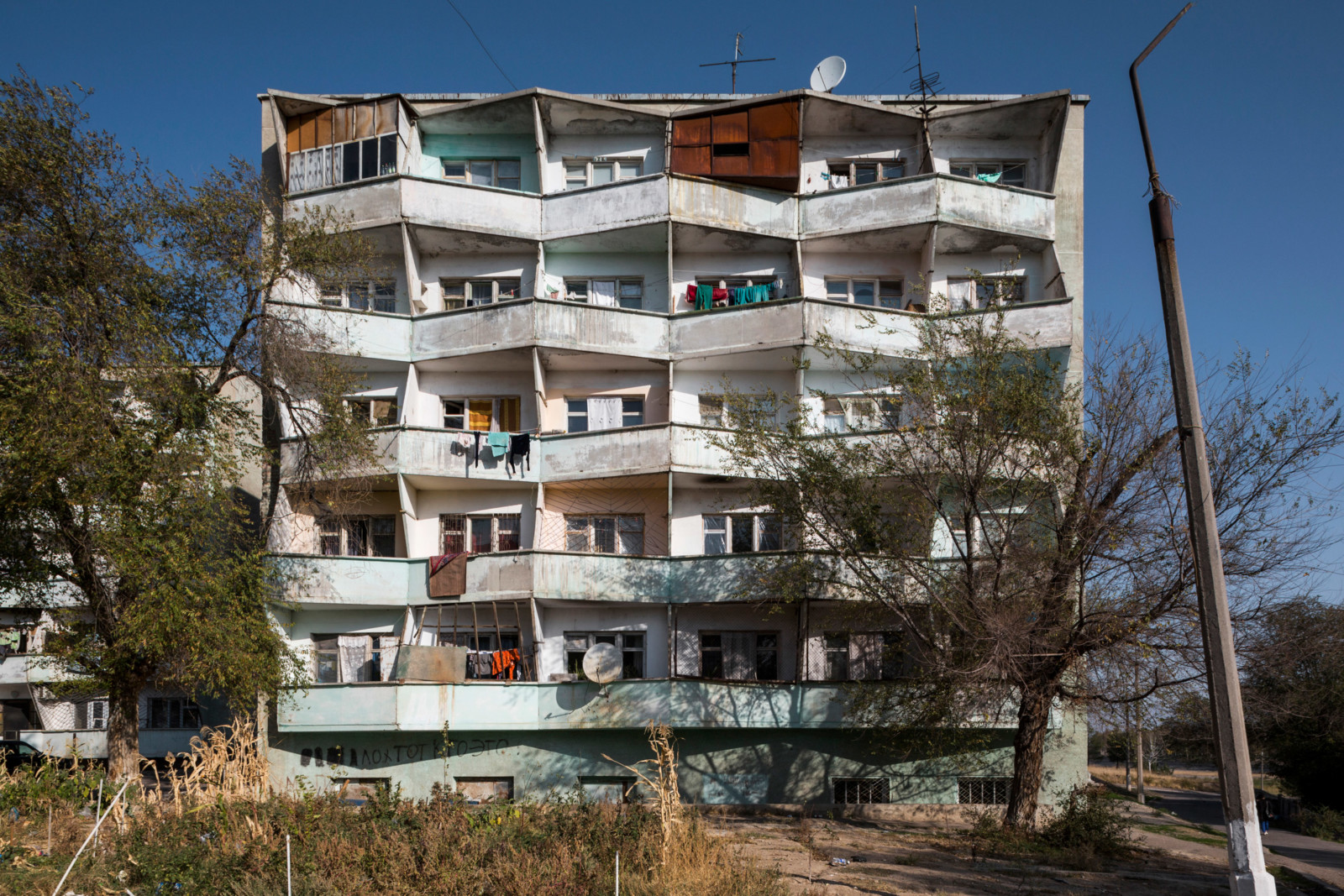
An especially vivid 1988 public mosaic by architect Ilya Rakhnaev and artists Alexander Grigorov and Ilya Ilyaev was photographed by Conte and Perego in Dushanbe, Tajikistan.
Named Avicenna, the mosaic depicts motifs informed by folklore and local customs. Its colourful tiles represent a distinctly Eastern influence.
孔戴(Conte)和佩雷戈(Perego)在塔吉克斯坦杜尚別拍攝了由建築師Ilya Rakhnaev和藝術家Alexander Grigorov和Ilya Ilyaev製作的特別生動的1988年公共馬賽克。
馬賽克名為Avicenna,描繪了民間傳說和當地習俗所賦予的圖案。 其彩色瓷磚代表了明顯的東方影響。
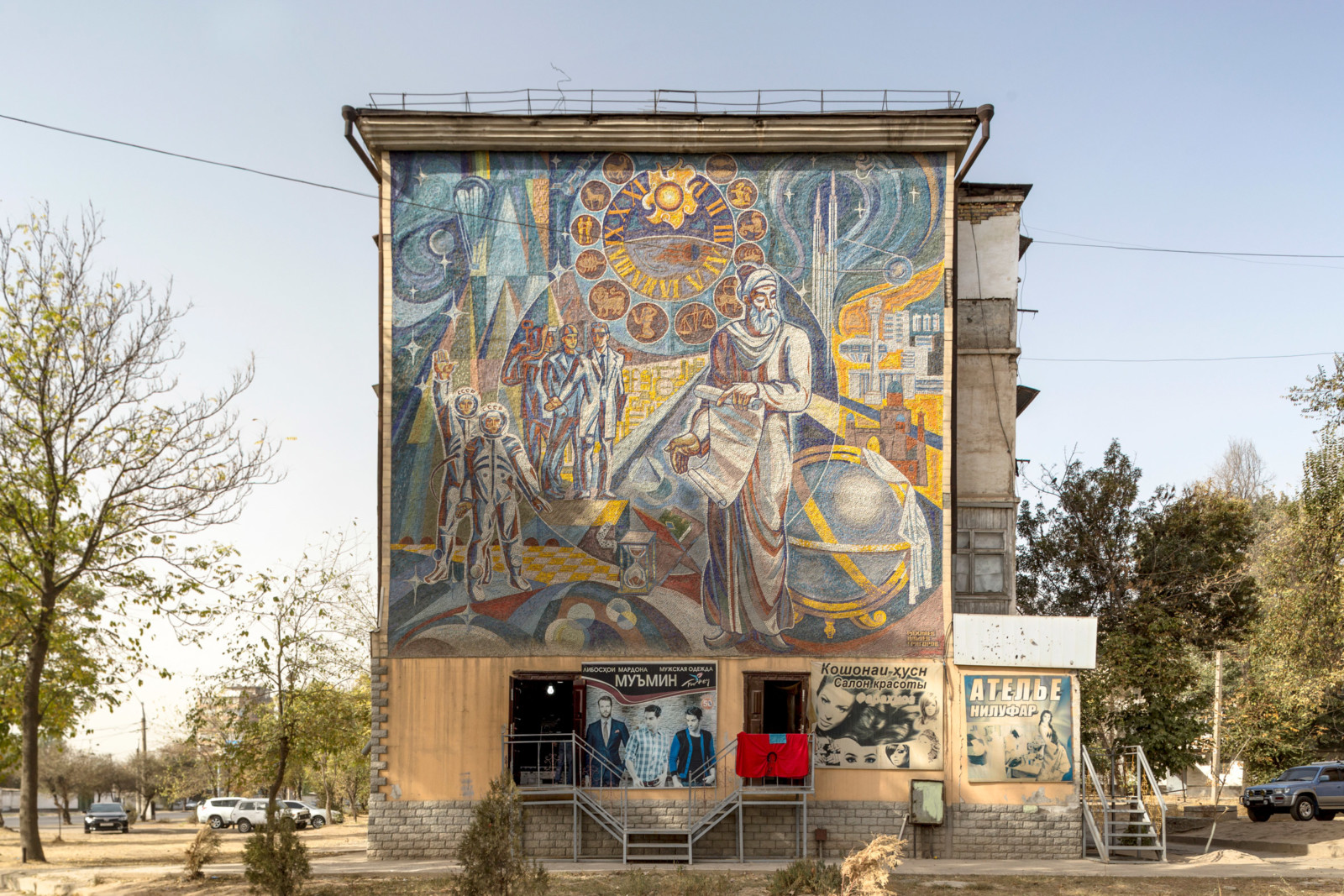
Conte and Perego’s photography has been published as a book called Soviet Asia, which also features two contextual essays by academics Alessandro De Magistris and Marco Buttino.
Roberto Conte and Stefano Perego are collaborative Italian photographers. Conte recently photographed a series of brutalist architecture in Madrid that is not often associated with the Spanish capital.
Other designs which are influenced by Eastern Bloc architecture include offices in Belarus by Studio 11 with bold red walls, and a furniture collection by design duo Rooms which takes cues from Soviet architecture in Georgia.
孔戴和佩雷戈(Conte and Perego)的攝影作品作為一本名為《蘇維埃亞洲》的書出版,其中還包括學者亞歷山德羅·德·馬吉提里斯(Alessandro De Magistris)和馬可·布蒂諾(Marco Buttino)的兩篇背景文章。
Roberto Conte和Stefano Perego是合作的意大利攝影師。 孔戴(Conte)最近在馬德里拍攝了一系列與西班牙首都並不經常聯繫的野獸派建築。
其他受東方集團建築風格影響的設計包括Studio 11在白俄羅斯的辦公室,牆壁上有大膽的紅色牆壁,以及由設計二人房設計的家具系列,這些家具都藉鑑了佐治亞州的蘇聯建築風格。

